Creating a fully funded emergency fund should be the first step for people trying to achieve financial independence.
These days the average American only has about $400 of emergency cash on hand. That’s hardly enough to pay for a month’s worth of food, let alone other basic needs such as housing and utilities.
If you have little or no emergency fund follow this guide and I will show you how you can start saving up to $10,000 in just six months. You will learn how to create a savings goal that will allow you to enjoy some financial freedom.
Contents
How to Save $10,000 in 6 Months
You need at least three to six months’ worth of expenses in your emergency fund. To be safe, I prefer saving enough money to go by for up to six months.
However, saving this money is easier said than done. So, to help you get started, I will show you how to save money in 6 months (up to $10,000) by following a simple strategy.
Remember that how fast you save will depend on how much you earn each month. Some people can save faster than others. Since I don’t know how much you earn, this will essentially be a general guide.

Step 1: Have a Plan
The goal here is to put aside $10,000 in six months. However, this is not as straightforward as it sounds. You need to set goals and have a plan in order to ensure you are going in the right direction. What do I mean?
You need to consider how you are going to achieve your goal seriously. This is especially important since you want to ensure that you are not sacrificing other critical financial needs just to save money.
You should automate your savings and put aside a certain amount each month. However, if you have variable income, this could be a bit tricky. So, here is how you can manage your savings:
- Create a timeline: Are you going to save per week, biweekly, or monthly? If you are a freelance worker, you might not get paid monthly and so it’s important to know how frequently you want to save
- Identify the right tools. What apps will help you real your goal faster? How will you be tracking your goals? What type of savings account will you use? Since you are only saving your money for six months, don’t put it in a longer-term savings account such as a CD or saving bonds.
Step 2: Learn Financial Discipline
The hardest part of building an emergency fund is not getting the money to save, it is having the discipline to save consistently. Without this discipline, no amount of planning will allow you to save $10,000 in six months and enjoy financial freedom. You will be tempted to give in to instant gratification instead of saving.
Here’s the truth; personal finance discipline will help you save more money by providing a framework for making consistent, mindful decisions about spending money and when you start saving. This can include setting a budget, creating and sticking to a savings plan, avoiding impulse purchases, and keeping track of your expenses.
You see, when you set clear financial goals and hold yourself accountable for meeting them, saving $10,000 in six months is going to be much easier. Additionally, by being aware of your spending habits and actively working to reduce unnecessary expenses, you can put more money into your savings account.
Step 3: Create a Budget
Saving and budgeting go hand in hand. The foundation of a good savings journey is a reasonable budget. Budgeting will help you identify areas where you can cut spending and put more money in your savings account.
To create a reasonable monthly budget, start by listing your income sources and fixed expenses, such as rent or mortgage payments, vehicle payments, and insurance premiums. Then, track your spending for a month to see where your money is going.
Look for areas where you can cut back, such as dining out less or canceling subscriptions you no longer use. Once you have a clear picture of your income and expenses, you can set a savings goal and allocate a certain amount of money toward saving each month

Example
Let’s say your monthly income is $4,000 with fixed monthly bills totaling $2,000 per month. After tracking your spending for a month, you find that you are spending an additional $800 per month on non-essential expenses, such as dining out and entertainment.
If you cut back on these expenses and allocate the extra $800 towards saving each month, you will be able to save $4,800 over six months.
Step 4: Increase Your Income
If you are currently earning less than or just slightly more than your current expenses, it might be hard to save as much as $10k in 6 months. You cut back on your spending and go back to your mother’s basement, but putting aside that much will be an uphill task.
That is why I highly recommend finding ways to make extra income to have some financial freedom. For ideas, you could get a part-time job, do some freelancing work, or sell items you no longer need. Whatever works for you. You can even negotiate a higher salary if you don’t want to moonlight.
If you can increase your income by just $500 per month and put all of the extra money towards saving, you will be able to save $3,000 in six months.
Example
Let’s say you have a full-time job that pays $4,000 per month, and you can save $4,800 in six months, as discussed above.
If you take on a part-time job, earn an extra income of $500 per month, and save the whole of it, you will have an extra $3,000 in your savings account in six months.
Step 5: Save Your Windfalls
Windfalls are unexpected financial gains such as bonuses, tax refunds, or unexpected gifts. If you already have a good budget, you can consider these extra finances that you can easily put into your savings account. Most of these windfalls will be a one-time thing.
For instance, you don’t receive a bonus or financial gifts every month. For the sake of illustration, let’s assume that you receive $1,200 in windfalls in six months. Out of this, you manage to save $1,000. Your total savings by the end of those six months are $8,800.
On top of your windfalls, you can also save your salary raise or the extra payment you receive from a promotion.
Step 6: Initiate a Spending Freeze
Yes, you have a budget, and you have identified areas to cut back on. However, I think the best way to free up more money is by implementing a spending freeze. This is a period during which you stop making non-essential purchases to start saving money.
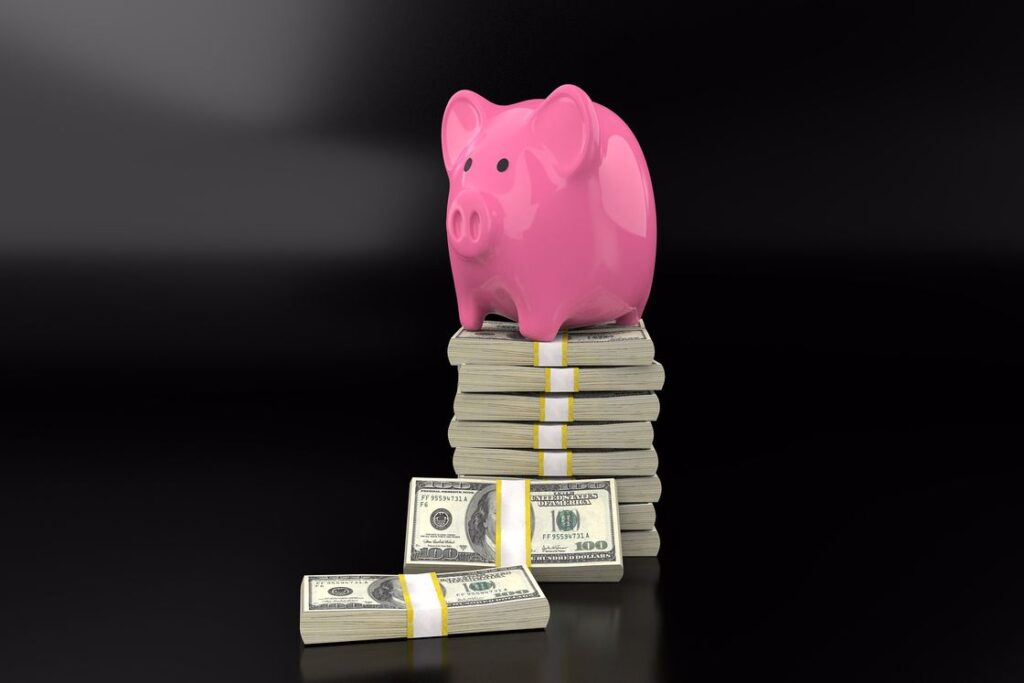
For instance, instead of spending less on eating out, you can stop going out for those six months. You can also stop buying things like new clothes, shoes, or anything else that you don’t need- even when it is within your budget.
While it is a bit aggressive, a spending freeze can be a valuable tool for building your emergency fund. It encourages you to reevaluate your spending habits, get creative with your spending, avoid debt, and prioritize your financial goals.
Step 7: Automate Your Savings
Finally, automating your savings can be a powerful tool to help you save more money. This removes the need to manually transfer money into your monthly savings account. Instead, the process is done automatically, eliminating the chance of forgetting or making excuses not to save.
You can automate your savings by setting up automatic transfers from your checking account to your savings account each month. You can do this through your bank’s online banking platform or apps such as Acorns or Digit.
If you automate your savings, you will have more by the end of six months than if you did it manually. You will still have to save some of the money manually. However, a considerable percentage of what you save should be automated. If you have a good salary and want to save consistently, you should automate your savings.
Emergency Fund vs. Sinking Fund
An emergency fund is a savings account that you set aside for unexpected expenses or emergencies such as a job loss, medical bill, or home or car repairs. The purpose of this fund is to provide a financial safety net to help you handle unexpected events without going into debt.
On the other hand, a sinking fund is a savings account that you create specifically for a known and planned expense in the future. These expenses include a planned home renovation, car replacement, or vacation.
Read More: What is a sinking fund? The Key to Smart Budgeting
5 Reasons Why You Need An Emergency Fund / Emergency Cash
If you’re still unsure on whether or not you need an emergency fund, here are some reasons to always have emergency cash in your accounts.
- Job loss: If you lose your job and primary source of income, an emergency fund can help you cover your expenses while you take time to look! The other major benefit here is that you won’t be forced to take the first job you find, but you may be able to take your time finding the right job.
- Avoid new debt: An emergency fund can help you avoid taking on credit card debt in case of emergencies. When you have enough money in your account, you won’t have to take on debt to cover emergencies.
- Avoid defaulting on debt:If you already have debt such as a car loan, credit card, or mortgage, then an emergency fund can help you avoid paying the debt late and accumulating more in interest.
- Less stress: There’s no question that a fully funded emergency fund can be a huge peace of mind. If you know that you and your family have a few months of expenses saved up, then you’ll be way less stressed.
- Major Expenses: Things like medical bills, vehicle maintenance, and home repairs tend to hit without warning. An emergency fund can help cover these things.
How Much Should I Save For An Emergency Fund?
This is by far one of the most commonly asked questions. How much should I save in my emergency fund? There are a number of approaches for deciding on an emergency fund amount, but first you’ve gotta look some of the variables that play into this.
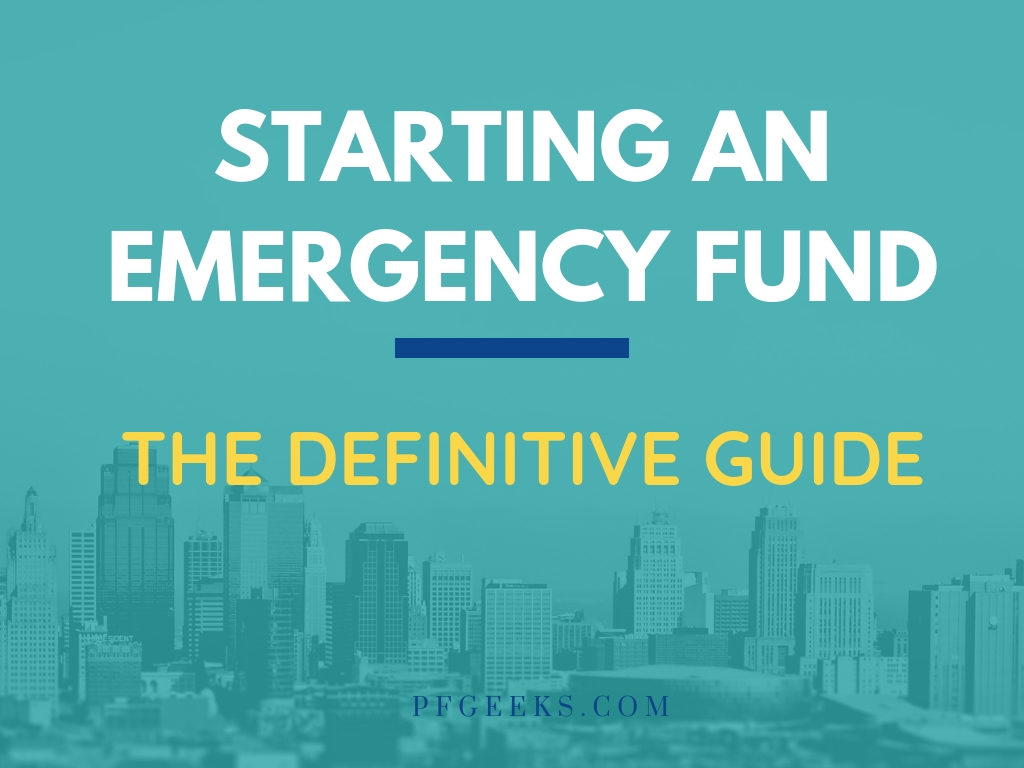
What Are the Factors That Play Into Figuring Out Your Emergency Fund Amount?
Job Security & Marketability
The more secure of a job you have, the less of an emergency fund you need to have. If you are confident in your ability to find new employment after losing your job, then you may want to increase your e-fund.
Risk Factors
The more risk factors you have, the bigger of an emergency fund you should have. If you have chronic health issues, an older home, or a 10-year-old vehicle you probably want to have a nice emergency fund to cover your bases.
Dependencies
If you’re providing for a spouse, kids or aging parents then you’ll probably want to increase your emergency fund amount for two reasons. First, if you lose your primary income source, you’ll have more people to take care of in the meantime. Second, for every person you’re responsible for, you have that many more people who can get sick or get into an accident.
Income Sources
If you have multiple income streams or have a spouse who is also working then you probably don’t need as big of an emergency fund. Side note!! One of my set goals is to make enough non-employment income to cover my monthly expenses.
Debt Situation
If you’re weighed down with things like credit card debt, then you probably want to have a decent amount of cash on hand to keep making payments each month no matter what. Otherwise, one great tip you can use is to prioritize paying debt over building your emergency fund.
3 Approaches to Picking How Much to Save for an Emergency Fund
1. Living Expenses
A common approach to emergency funds is saving up a certain amount of months of living expenses. Most suggest 2-3 months and the most conservative people will recommend 6 months to a full year.
2. Arbitrary Amount
People who don’t use their monthly expenses as their basis typically pick a large, arbitrary amount and roll with that. I’ve seen people go with anywhere from $3,000 to $25,000 or more.
You want to be careful though because at some point a huge emergency fund starts to do more harm than good… more on that below.
3. The Dave Ramsey $1,000 Approach
The legendary Dave Ramsey suggests that people who are in debt should only keep $1,000 on hand and use every extra dollar to put towards their debt. This allows you to pay down debt as fast as possible and pay less in interest.
The disadvantage to this is that $1,000 is not enough to cover even two weeks of expenses for most people. Dave is right though–the more money you have working to pay down your debt, the better.
The Disadvantage Of Emergency Funds: Opportunity Cost
It would make sense to think that the bigger of an emergency fund you have, the better, right?
Unfortunately, that’s not always the case. It is good to be protected and it’s great to have your bases covered in case you lose your job and need to get by for a few months without income. But at some point, there is an opportunity cost to having a big cash balance sitting still.
If you have any debt, then the interest rate you are paying is what you could effectively earn with your money.
If you’re debt free and trying to invest as much as possible, then every dollar not invested in the stock market would be missing out on an average return of 7%.
So for every dollar hanging out in your emergency fund providing you peace of mind, there is an opportunity cost.
Your goal is to earn the best return that you can with the money in your emergency fund.
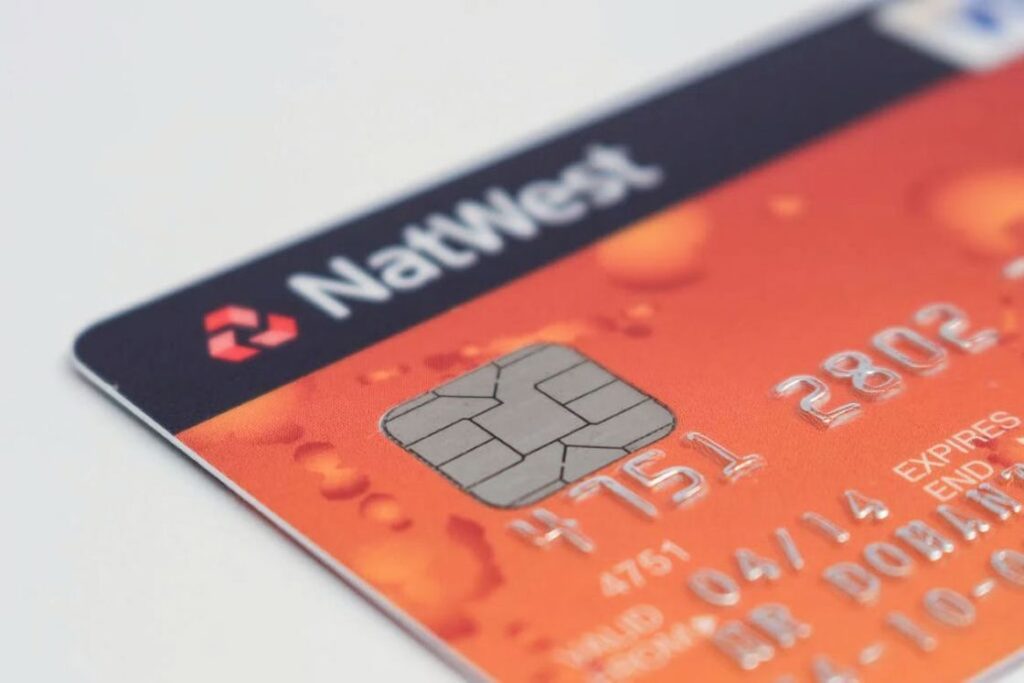
Where Do You Keep/Put An Emergency Fund?
1. Basic Checking / Saving Account
The easiest place to store your emergency fund is in a savings account where you bank. It takes hardly any time to set up and the finances are easily accessible in case you want to move it to your checking account. But there is a huge disadvantage to this.
Most major banks pay almost nothing in interest.
The average interest rate in the US is .06%. No… That’s not 6%. That is .06 of 1%.
This means that for every $1,000 you are earning 60 cents. This doesn’t even keep up with inflation (3%). In simple terms, this means that any finances or cash accounts you have are earning a negative return every year.
That is awful.
The only benefit to keeping your emergency fund in your primary checking account or saving account is that it is highly accessible.
2. Online Bank Account (Ally, etc)
The next best option for where to put your emergency fund is an online bank. These banks have lower operating costs because they don’t have a bunch of locations and ATMs to maintain and they are able to provide a much higher interest rate.
MUCH higher.
Online banks such as Ally (1.90%), Synchrony (1.85%), and Discover (1.8%) all pay more than 30x the national average in interest and are highly rated options.
Compared to a standard savings account, these high yield online savings account are a great option.
The only thing you’ll be sacrificing is a tiny bit of accessibility.
3. Stock Investment Account
This third option is the riskiest, but it can be the smart play if you have a high income and a great monthly surplus in income over expenses. Keeping a large cash balance is a drag on your overall returns because it is not invested in the stock market.
Putting your money into an index fund gives it the best opportunity to keep on growing along with the market.
The biggest risk is that your emergency fund could decrease in value, however you are also putting yourself into position to not lose out on the opportunity cost of that money sitting still.
If you do not have a good amount of surplus money coming in each month, then this is NOT the option for you.
Big Fat Takeaway
If you haven’t started building an emergency fund, then start today! It’s time for you to figure out how to manage your money like an adult and enjoy some financial freedom. Start taking steps to protect yourself and your family’s future. Don’t wait until it’s too late.
If you don’t have the money right now to set-up an emergency fund, then set aside what you can and try to add to it each month!
If you still feel stuck trying to analyze the perfect strategy, then follow conventional wisdom: find yourself a high interest online bank and save up 2-3 months of living expenses and refuse to touch that money until you absolutely need it
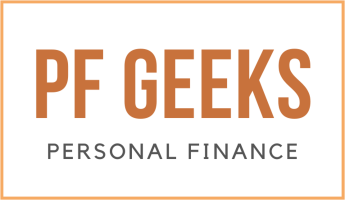
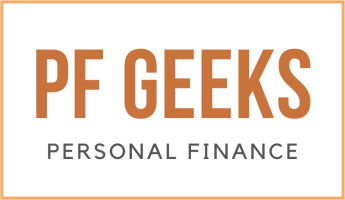
This is an excellent overview of the emergency fund. Will be sharing in my no spend group!
Thanks Angela!
Ooh, I’m definitely in the process of getting my e-fund to work for me (currently it makes .3% in interest monthly, and online banks seem to be the way to go!